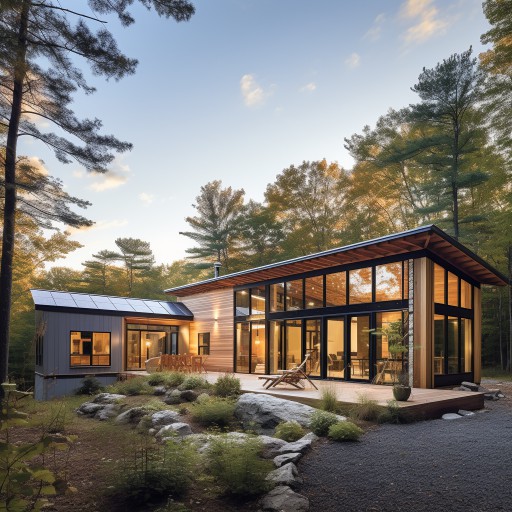Finding Green Building Professionals for Your Home Reno

co-founder
- Starting Your Search for a Green Builder
- What to Ask Your Potential Green Builder
- Checking References
- Seeking Advice
- Understanding Certifications
- Evaluating the Builder's Portfolio
- Understanding the Proposal
In an era where the green movement is more than a trend but a necessity, finding a certified green builder for your home renovation can be a bit of a challenge. However, fear not, for this comprehensive guide aims to provide you with the knowledge and tools you need to find a reliable and experienced green building professional for your home renovation project.
When it comes to green building, you need a professional who understands the subtleties and nuances of eco-friendly construction. Whether it's building according to Passive House or LEED standards, or simply ensuring energy-efficient methods are used, your green builder should have the necessary expertise to create an environmentally-friendly and energy-efficient home.
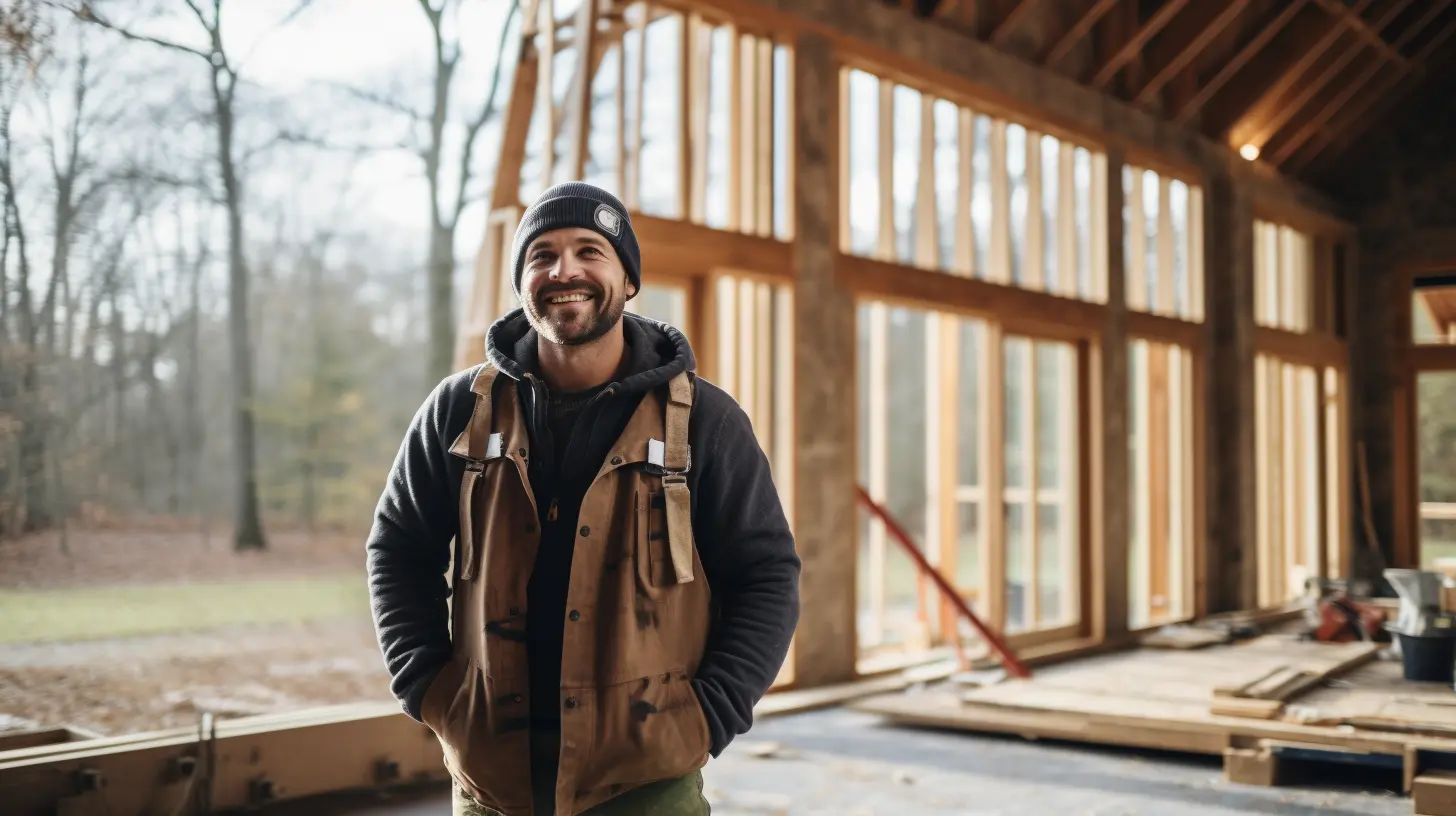
Starting Your Search for a Green Builder
The search to find a green building professional to handle your home renovation or remodeling project might seem overwhelming, especially given the number of contractors and architects available in the market. However, an understanding of what green building entails and the certifications to look for can simplify this process considerably.
When discussing green building, we're referring to the planning, design, construction, and operations of buildings with several central, overlapping objectives. These include energy efficiency, water efficiency, resource efficiency, environmental quality, and the developer's responsibility to the environment.
Deciding whether to start with an architect or a builder for your green home renovation can depend on several factors including the complexity of your project, your budget, and your personal preference. Here are some points to consider:
- Complexity of the project: If you're planning a large-scale renovation that involves altering your home's structure or layout, starting with an architect will be beneficial. Architects are trained to see the big picture, and help with design, planning, and securing any necessary building permits. They also can recommend builders they've worked with and trust. Here are some questions to ask an architect when you go down this path.
- Budget considerations: If budget is a concern, you might prefer to start with a builder. Some builders offer design-build services, where they manage both the design and construction phases of the project. This can often be more cost-effective, as the builder will be designing with a realistic understanding of construction costs. However, remember that while builders can provide design services, their expertise is in construction, not design. The quality of the design can vary depending on the builder's experience and qualifications. You may also end up paying more in the long run, as architects often can spot issues from the outset, before work has begun.
- Green building expertise: In the context of green building, it is worthwhile to start with a professional who specializes in this area, whether that’s an architect or a builder. A green builder can guide you on the best practices in green building and provide advice on sustainable materials, energy-efficient design, and the green building certification process.
- Personal preference: Some homeowners prefer the detailed design process that comes with working with an architect first, while others prefer the practical approach of a builder. Your personal preference and comfort level with the professionals you'll be working with can also play a role in your decision.
There's no one-size-fits-all answer to this question. It depends on your specific project, your goals for your home, and what approach you feel most comfortable with. It could be helpful to have preliminary conversations with both architects and builders to see who you feel best understands your vision for your green home renovation.
In terms of certifications, LEED (Leadership in Energy and Environmental Design) is arguably one of the most recognized and respected. LEED green certification demonstrates that a building, or the professionals behind it, adheres to the highest environmental standards.
While LEED is internationally recognized, CALGreen is specific to California, though it's been influential in shaping green building practices across the United States. The main difference between CALGreen and LEED is their applicability: CALGreen is mandatory for all new residential construction in California, while LEED is a voluntary program with global recognition.
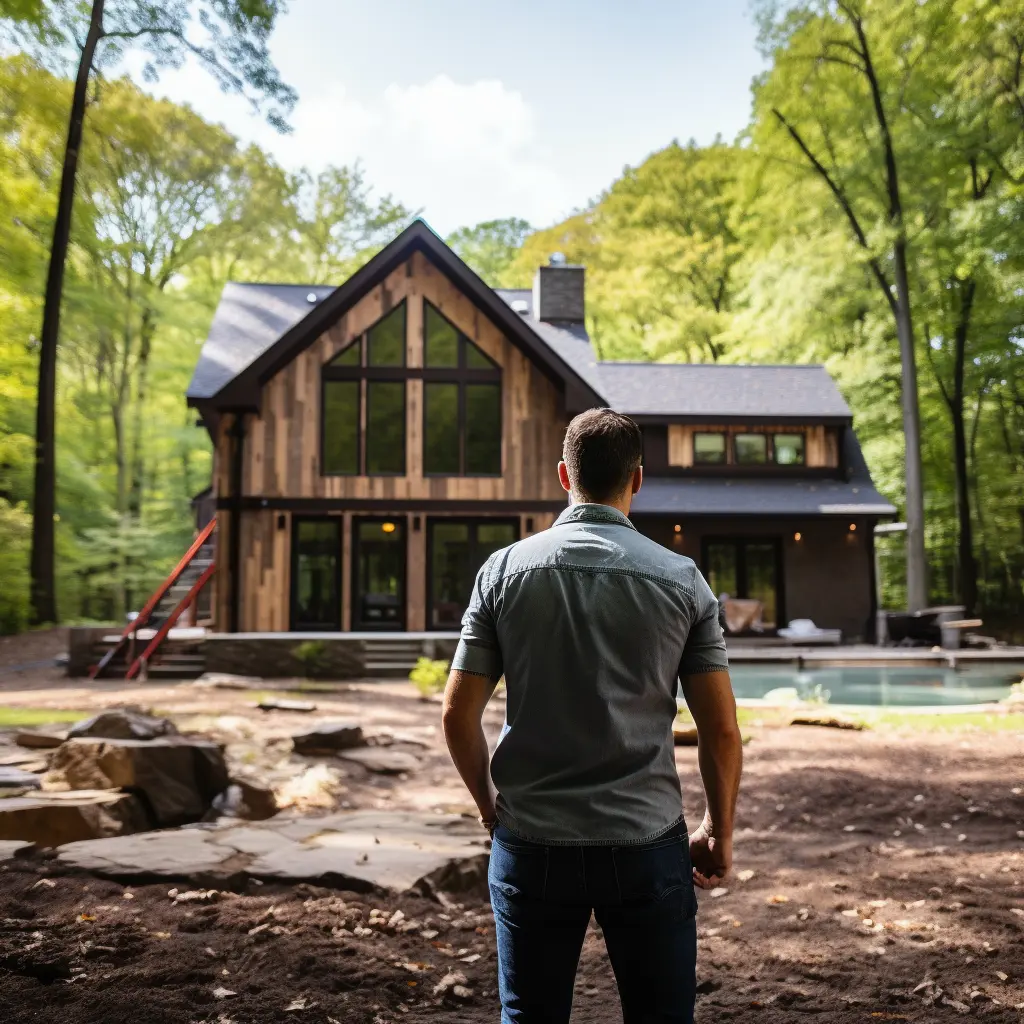
What to Ask Your Potential Green Builder
When you have shortlisted potential green builders for your home renovation project, it's important to ask the right questions to ensure they are suitably qualified and can deliver on your green building aspirations. Note that these are on top of the questions that we recommend you ask your architect or builder.
Some questions include:
- Which green certification do you hold?
- Can you explain what eco-friendly means in the context of construction, specifically my project?
- Could you provide examples of the most environmentally friendly houses you have built?
- What is your approach to resource and energy efficiency in a home remodeling project?
- Can you help me understand the process of achieving green building certification for my home?
- What is the highest LEED certified rating you've achieved in a project, and how did you reach it?
Checking References
When hiring any contractor, especially for a specialized project like green home renovation, it's crucial to check their references. Don’t just take the builder's word for it; reach out to past clients to understand their experience and satisfaction level with the green builder's work. Ask about the builder’s adherence to timelines, staying within budget, and the quality of their work, especially regarding their green practices.
Seeking Advice
Another crucial part of finding the right green building professional is seeking advice from industry experts and homeowners who have undergone a similar renovation process. Connect with local green building councils or organizations for recommendations, engage in online community discussions, and visit green certified homes. These steps will give you a clearer idea about the type of green construction you want and the professionals best suited for your project.
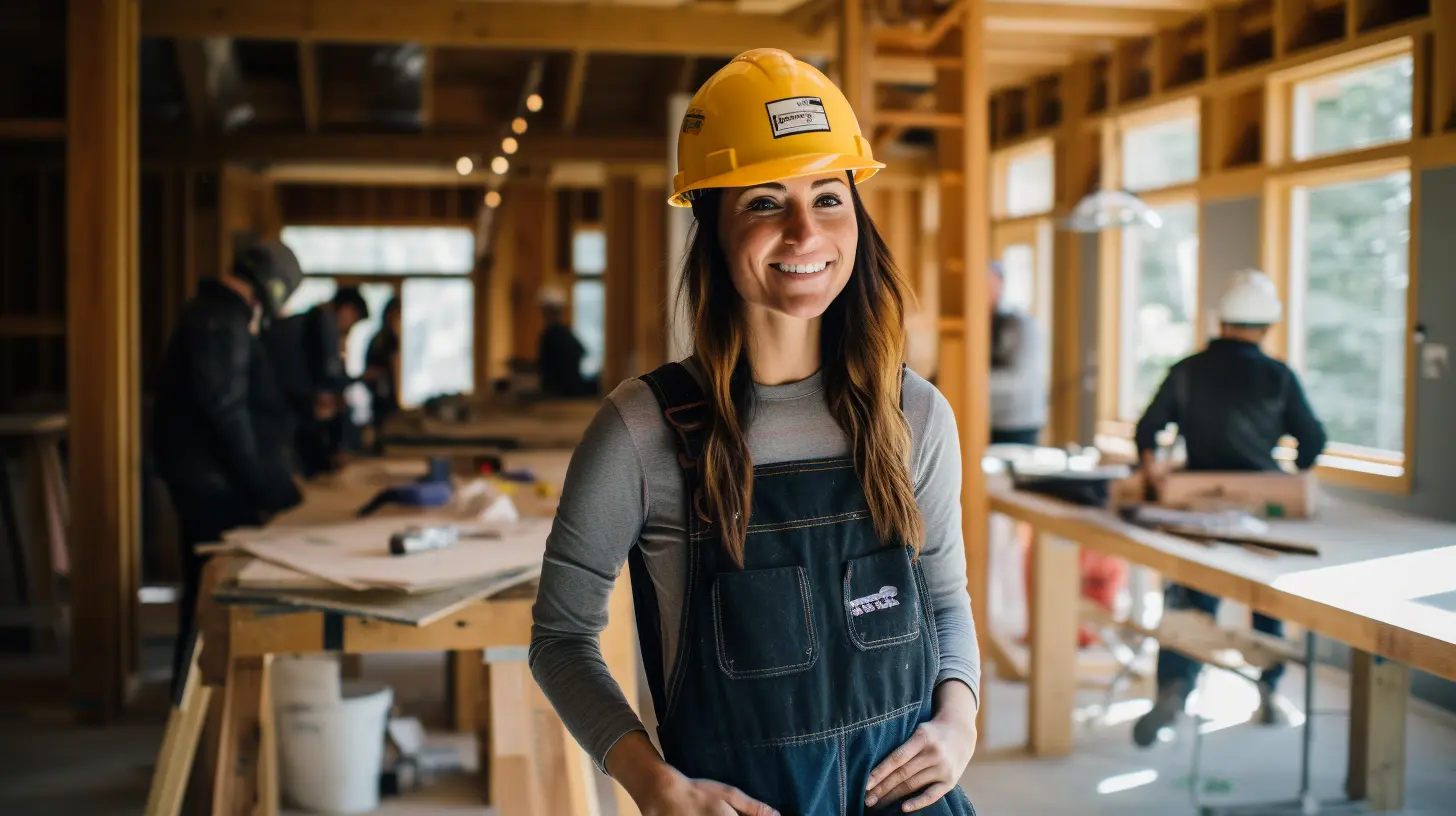
Understanding Certifications
Green Seal certification and LEED Green Associate certification are examples of green certifications, which may seem confusing at first.
The Green Seal certified mark means that a product or service meets the highest benchmark of health and environmental leadership. If a builder uses Green Seal certified products, it means they’re committed to eco-friendly practices.
The LEED Green Associate certification, on the other hand, is for individuals who want to demonstrate green building expertise in non-technical fields of practice. If your builder has a LEED Green Associate certification, it indicates they have a solid understanding of green building practices and principles.
There are several other green building certifications that a contractor may hold, each with its own focus and standards. While LEED is one of the most well-known and comprehensive, it's not the only one. Here are a few others:
- National Green Building Standard (NGBS): Administered by the Home Innovation Research Labs, a subsidiary of the National Association of Home Builders (NAHB), the NGBS certification focuses specifically on residential buildings, including single-family homes, apartments, and condos. The NGBS certification looks at six areas: lot design and development, resource efficiency, energy efficiency, water efficiency, indoor environmental quality, and building operation and maintenance.
- Living Building Challenge (LBC): The LBC, run by the International Living Future Institute, is often considered the most rigorous green building certification. Buildings must meet a series of ambitious performance requirements, including net-zero energy, waste and water, over a minimum of 12 months of continuous occupancy.
- Energy Star: While not a green building certification per se, Energy Star certification from the U.S. Environmental Protection Agency and the U.S. Department of Energy denotes that a building or product meets specific standards for energy efficiency.
- Passive House: Originating in Germany, the Passive House standard is one of the most rigorous for energy efficiency. It reduces a building's ecological footprint, with requirements including very high levels of insulation, high-performance windows, airtight building envelope, and minimal mechanical systems.
- WELL Building Standard: This certification focuses on buildings that improve the nutrition, fitness, mood, sleep patterns, and performance of its occupants. It's a performance-based system for measuring and certifying features of the built environment that impact human health and well-being.
Remember, choosing the right green building professional for your home renovation is about more than just finding someone with the right qualifications. It's about finding a partner who shares your vision for an environmentally friendly home and has the skills and experience to make it a reality.
Evaluating the Builder's Portfolio
Once you have shortlisted a few builders based on their green certifications and references, it's time to evaluate their portfolio. This step is crucial for understanding the quality, aesthetics, and sustainability of their previous projects.
Review the builder's projects that have similar environmental goals as yours. For instance, if you aim to have an energy-efficient home, look for homes they've renovated that are Energy Star rated or have other similar certifications. Pay attention to the materials used, the design elements incorporated for resource efficiency, and the overall build quality.
Understanding the Proposal
After your potential green builders have understood your project's scope, they'll provide a proposal. This proposal should detail the costs, timeline, and the sustainable strategies they plan to implement. For instance, they might suggest specific materials for your home renovation that are eco-friendly or propose to install energy-efficient appliances.
Make sure you understand all elements of the proposal. If something is unclear, don’t hesitate to ask questions. It's important to understand what you're agreeing to before you sign any contract.
Finding a qualified green building professional for your home renovation involves more than just a simple search. It requires understanding green certifications, checking references, reviewing proposals, and ensuring that the builder can align with your vision of a green home. By following this guide, you'll be well on your way to having a home that's both beautiful and environmentally friendly.
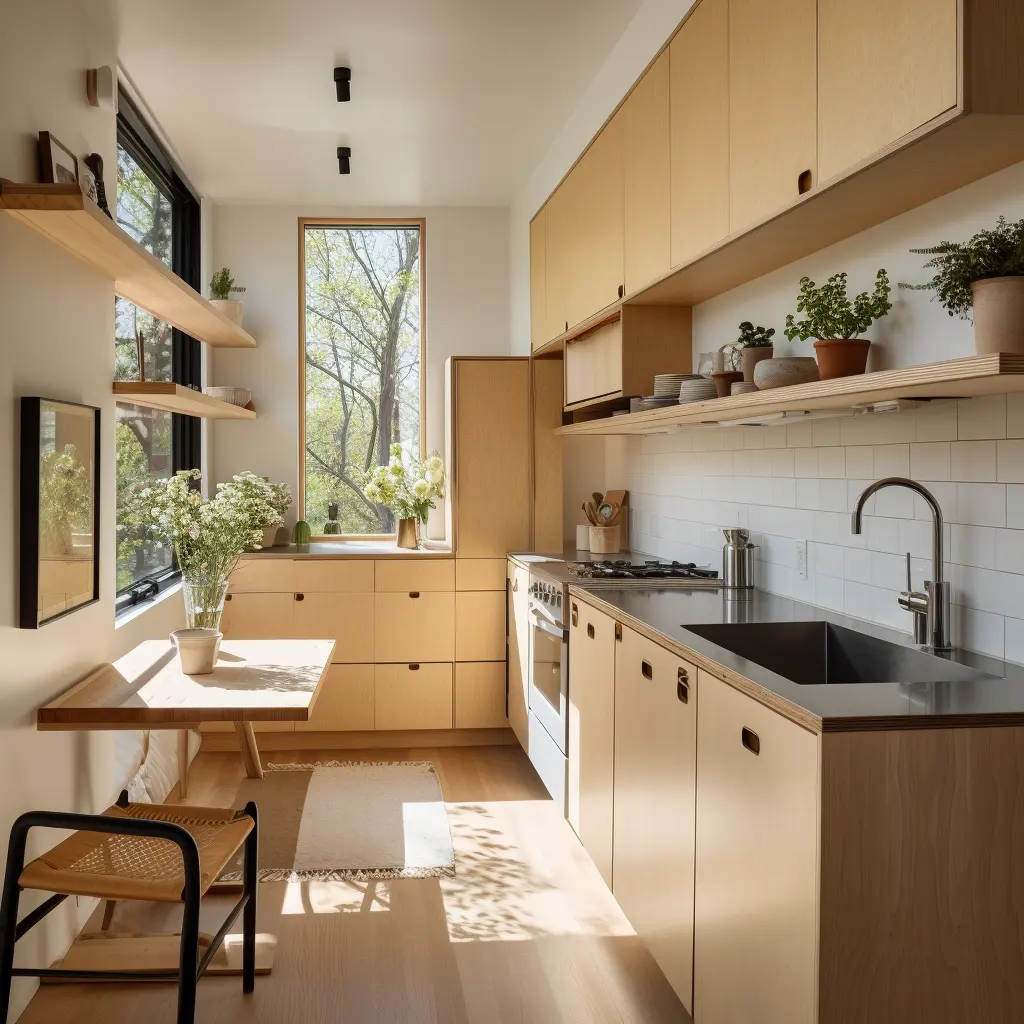
Renovate with EcoHome
EcoHome empowers homeowners to confidently build healthy and comfortable homes for a fair price.
Sign UpLocations View All →
NY
- Albany
- Binghamton
- Buffalo
- Esopus
- Freeport
- Hempstead
- Highland
- Kingston
- Long Beach
- Marlboro
- Mount Vernon
- New Paltz
- New Rochelle
- New York City
- Niagara Falls
- North Tonawanda
- Olivebridge
- Plattekill
- Rochester
- Rome
- Saugerties
- Schenectady
- Shandaken
- Syracuse
- Troy
- Utica
- Valley Stream
- Wallkill
- Woodstock
- Yonkers
NJ
- Bayonne
- Brick
- Camden
- Cherry Hill
- Clifton
- East Orange
- Edison
- Elizabeth
- Jersey City
- Lakewood
- Middletown
- Newark
- Old Bridge
- Passaic
- Paterson
- Toms River
- Trenton
- Union City
- Woodbridge
CT
PA
- Allentown
- Altoona
- Bethel Park
- Bethlehem
- Chester
- Easton
- Harrisburg
- Hazleton
- Lancaster
- Lebanon
- Monroeville
- Philadelphia
- Pittsburgh
- Reading
- Scranton
- Wayne
- Wilkes Barre
MD
- Abingdon
- Baltimore
- Bethesda
- Bowie
- Columbia
- Dundalk
- Ellicott City
- Frederick
- Gaithersburg
- Germantown
- Glen Burnie
- Potomac
- Rockville
- Severn
- Silver Spring
- Towson
- Waldorf

